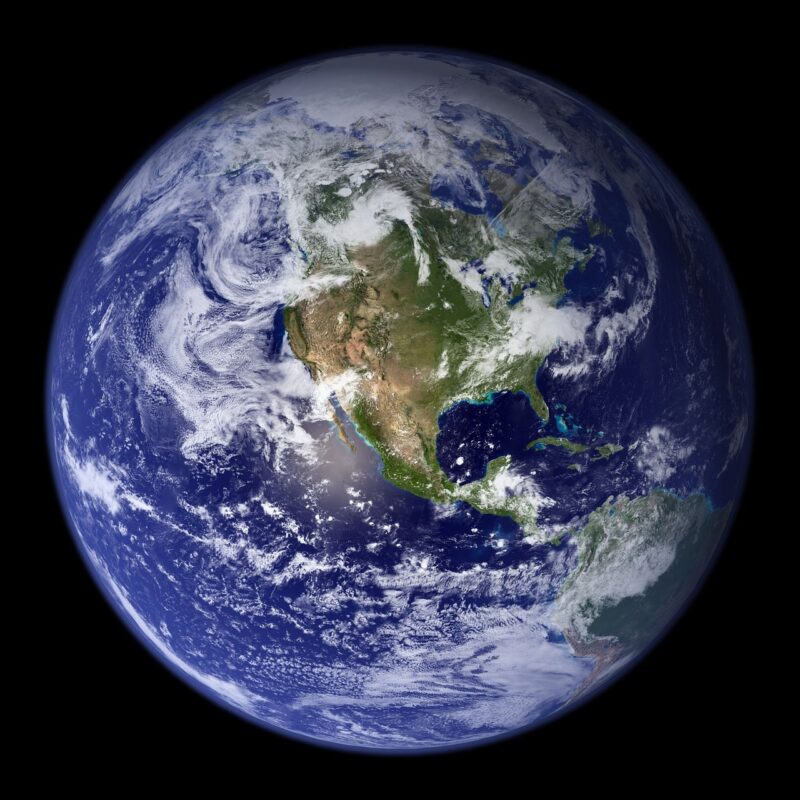Why Scientists Believe Earth-Like Planets Could Exist Just Beyond Our Reach
November 12, 2024

Humanity has always looked to the stars and wondered what lies beyond our blue planet. The question of whether we are alone in the universe has captivated scientists, thinkers, and dreamers for centuries. In recent years, advancements in technology and astronomy have brought us closer to the realization that Earth-like planets could exist just beyond our reach, illuminating a path for potential discovery.
1. The Importance of Earth-like Planets
Earth-like planets, often defined as terrestrial worlds that share similar size, composition, and conditions conducive to life, are of immense importance in the search for extraterrestrial life. Scientists suggest that such planets exist within the ‘habitable zone’ of their respective stars, where conditions are just right—neither too hot nor too cold—for liquid water to persist on the planet’s surface. Liquid water is considered essential for life as we know it.
2. Advances in Technology and Detection
Advancements in technology have dramatically improved our ability to detect and study exoplanets (planets outside our solar system). The Kepler Space Telescope, launched in 2009, has been pivotal in discovering thousands of exoplanets and identifying Earth-like candidates. Techniques like the transit method, which detects dips in starlight caused by a planet passing in front of its host star, have been crucial.
In recent years, the development of next-generation telescopes, such as the James Webb Space Telescope, promises to enhance our capabilities even further. These telescopes are designed to study the atmospheres of exoplanets, seeking signs of chemicals that may indicate life, such as oxygen, methane, and water vapor.
3. The Role of the Goldilocks Zone
The concept of the ‘Goldilocks zone’ refers to the habitable zone around a star where temperatures are just right for liquid water to exist. This zone is crucial in identifying potentially habitable Earth-like exoplanets.
As our understanding of stellar systems grows, researchers are finding that the habitable zone can be more forgiving than previously thought. For example, some planets may have atmospheres that allow them to maintain suitable conditions for life even outside the traditional habitable zone, thereby broadening the search.
4. Nearby Star Systems and Their Potential
Numerous star systems close to our solar system have emerged as prime targets in the hunt for Earth-like planets. The TRAPPIST-1 system, located approximately 40 light-years away, contains several Earth-sized planets in its habitable zone. While this might sound far, in cosmic terms, it’s relatively close.
Additionally, the Proxima Centauri system, which hosts Proxima Centauri b, an exoplanet in the habitable zone, brings us one step closer to possibly discovering habitable worlds. Although these worlds may be hostile in conditions, their proximity makes them significant for follow-up observations and studies.
5. The Search for Biosignatures
Scientists are not only searching for planets that resemble Earth but also for biosignatures—substances or patterns that provide evidence of life. Identifying biosignatures such as atmospheric composition could revolutionize our understanding of extraterrestrial environments.
The detection of biosignatures is crucial to understanding whether these planets could support life or even intelligent life. For instance, significant concentrations of oxygen or methane in an atmosphere—or a combination thereof—could hint at biological processes similar to those on Earth.
6. Future Missions and Ongoing Research
Many future missions are planned to search for Earth-like planets and gather data to support the search for life. The European Space Agency’s Ariel mission, set to launch in 2029, will study the atmospheres of exoplanets, analyzing the chemical compositions that could indicate signs of life.
The objective of these missions is not only to catalog potential exoplanets but also to gather precise data that could support or dismiss theories regarding habitability. Delving into these atmospheres will assist in painting a fuller picture of what these distant worlds are like, providing vital clues in the search for our cosmic cousins.
7. The Implications of Discovering Earth-like Planets
The discovery of Earth-like planets would have profound implications for science, philosophy, and humanity as a whole. It challenges the perception of our unique position in the universe and raises questions about the nature of life beyond Earth.
Understanding Earth-like exoplanets will also feed into discussions surrounding the future of humanity and our own planet’s ecology. If we find worlds that can support life, it could lead to explorations of not just our solar neighborhood but potentially interstellar travel—the next frontier in human exploration.
Conclusion
As scientists continue to explore the cosmos, the belief that Earth-like planets exist just beyond our reach grows stronger. Through technological advancements, renewed missions, and relentless curiosity, the search for these distant cousins of our home planet remains a top priority in the scientific community. While we may still have a long way to go to find concrete evidence of life beyond Earth, the journey to uncover these mysteries fuels innovation and inspires generations to look to the stars.
Are we fostering the seeds of discovery again? The stars are beckoning us, and we’re just beginning to decode the whispers of potential worlds that could share our nature. The exploration continues, and who knows what we’ll uncover, just beyond our cosmic backyard.








